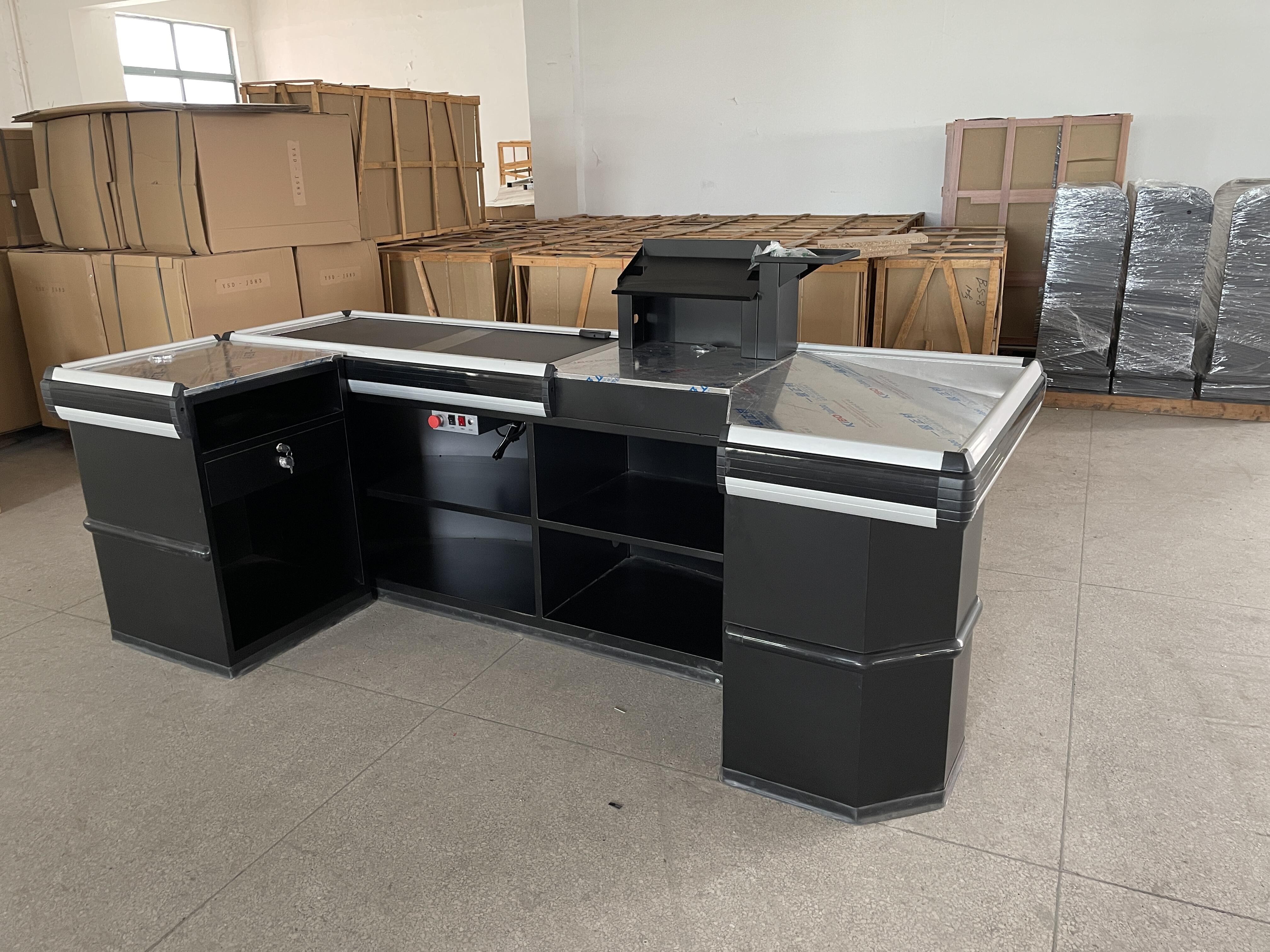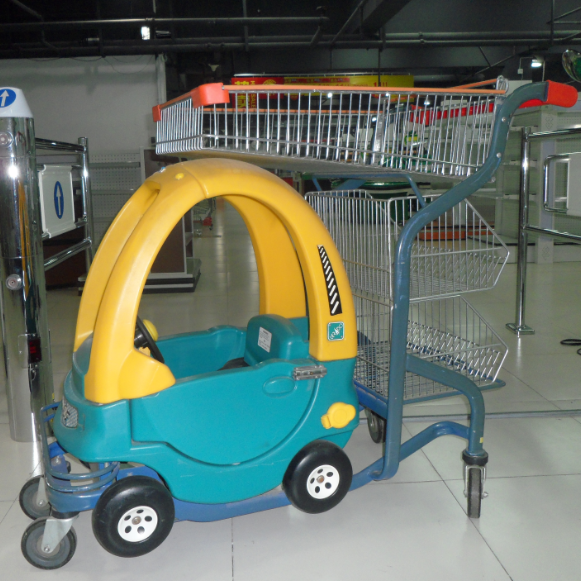vrste sistemа polica
Sustavi za skladištenje su ključna rješenja za pohranu koja optimiziraju prostor skladišta i poboljšavaju operativnu učinkovitost. Ovi sustavi dolaze u različitim vrstama, uključujući selektivno paletno skladištenje, skladištenje tipa drive-in, push-back skladištenje i cantilever skladištenje, svaki dizajniran za specifične potrebe skladištenja. Selektivno paletno skladištenje, najčešća vrsta, nudi direktni pristup svim paletama i maksimalnu fleksibilnost u rotaciji zaliha. Drive-in skladištenje maksimizira gustoću skladištenja omogućavajući da se forklifti vozili direktno unutar strukture regala, idealno za visokogustočno skladištenje homogenih proizvoda. Push-back skladištenje radi na osnovu inklinirane račinske sustava, gdje se palete šalju s prednjeg kraja i automatski odvlače prethodne opterećenja, pružajući izvrstan stupanj gustoće skladištenja dok istovremeno održava dobru selektivnost. Cantilever skladištenje je posebno dizajnirano za dugačke, nepravilne predmete kao što su drveni materijali, cijevi i nameštaj. Savremeni sustavi za skladištenje uključuju napredna sigurnosna značajka, uključujući zaštitu od udara, indikatore opterećenja i mehanizme protiv srušavanja. Mogu se integrirati s sustavima upravljanja skladištima (WMS) za stvarno-vremensko praćenje inventara i automatiziranim sustavima skladištenja i preuzimanja (AS/RS) za poboljšanu učinkovitost. Izbor odgovarajućih sustava za skladištenje ovisi o faktorima poput raspoloživog prostora, karakteristika proizvoda, opreme za ručno obrađivanje i zahtjeva za prometom.

